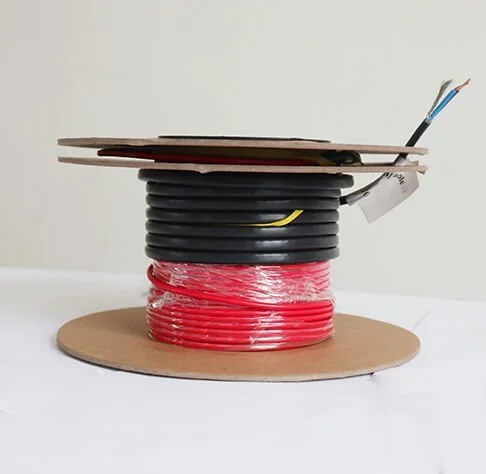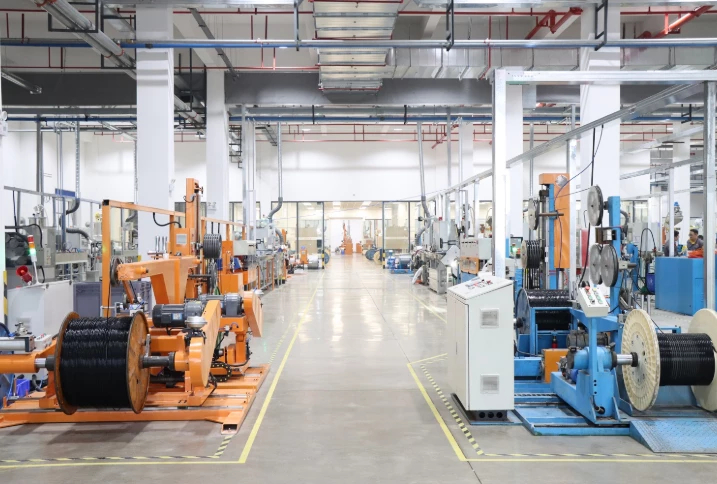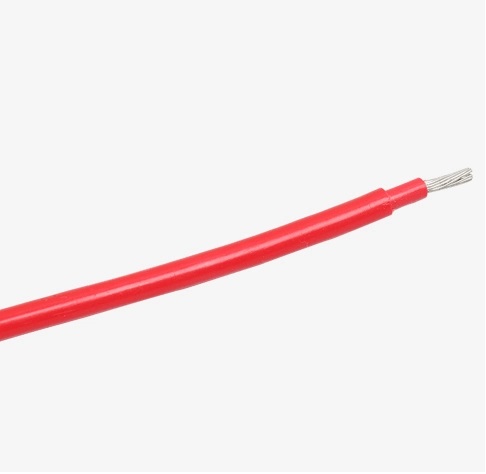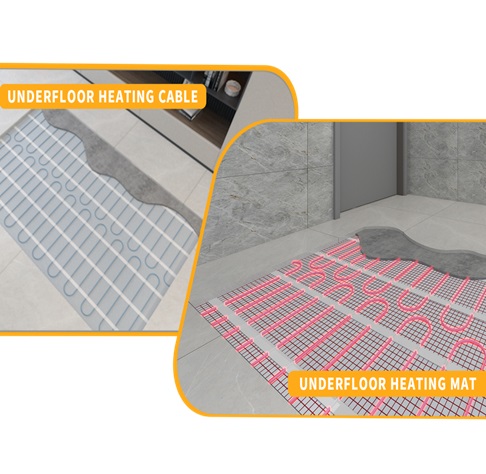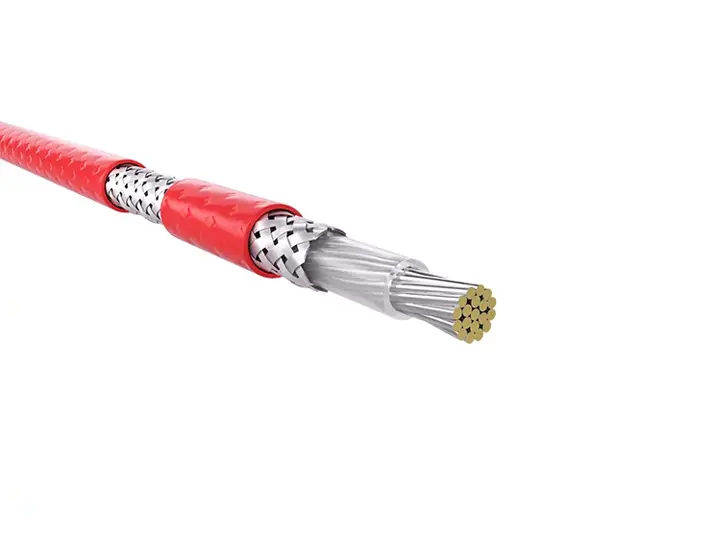The Advantage of Wuhu Jiahong Electric Underfloor Heating Wire
Versatile Application:
Wuhu Jiahong electric underfloor heating wire suits various surfaces like tile, concrete, and inslab, bringing warmth to bathrooms, kitchens, and living rooms.
Flexible Installation:
Easily lay the electric underfloor heating wire in any room shape, including corridors, stairs, and bathrooms, for convenient and adaptable installation.
Safe Usage:
IPX7 waterproofing ensures safety in both wet and dry areas, providing peace of mind during installation and operation.
Custom Voltage:
Tailored voltage options accommodate different market requirements, ensuring compatibility with local electrical standards.
Room Size Consideration:
Deduct furniture area to determine heating coverage, ensuring efficient warmth distribution throughout the space.
Adjustable Cable Wattage:
Heating cable wattage, ranging from 10 to 20 w/m, allows for precise heat output tailored to room requirements.
Efficient Heat Conversion:
Wuhu Jiahong China heating cable loose wire underfloor heating kits convert 100% of electric energy to heat, minimizing energy waste and maximizing efficiency.
Consistent Performance:
The constant wattage structure of our electric underfloor heating wire maintains consistent heat output, regardless of ambient temperature changes.
Temperature Control:
Our loose wire underfloor heating kits pairs with a thermostat to regulate and control the desired temperature for enhanced comfort and convenience.









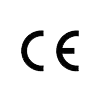













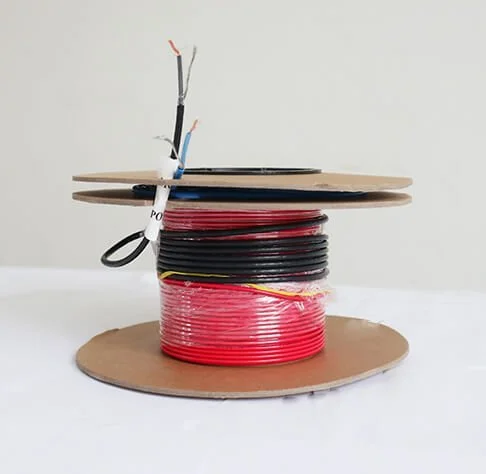
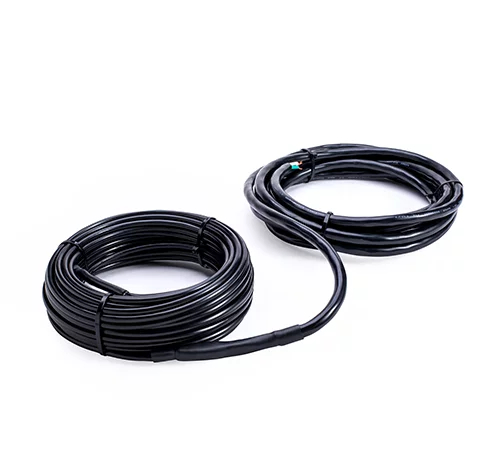

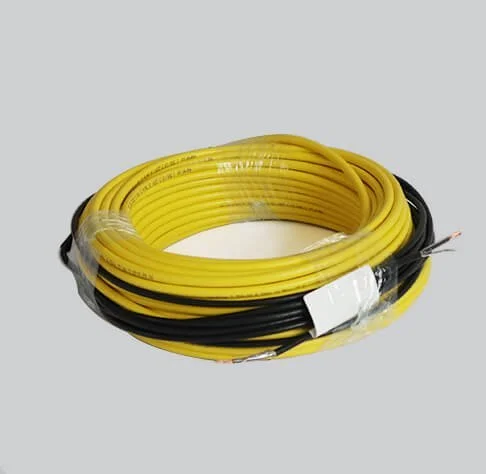
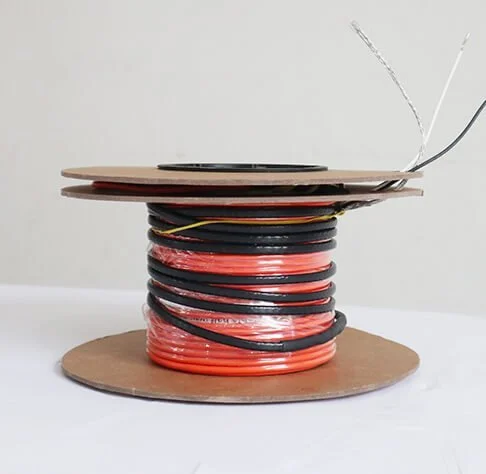
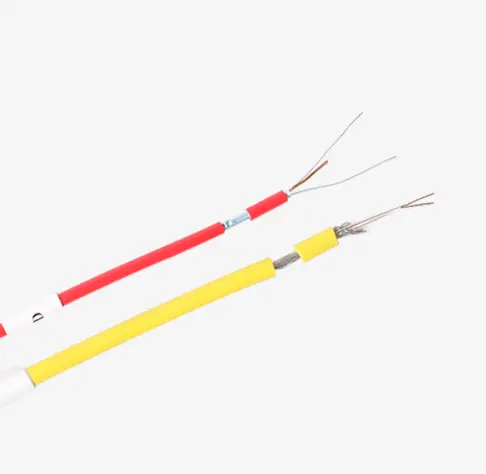
![3.7w/ft Floor Heating Cable [Uncoupling Membrane] 3.7w/ft Floor Heating Cable [Uncoupling Membrane]](/uploads/file/20240903/16/floor-heating-cable-uncoupling-membrane.webp)
